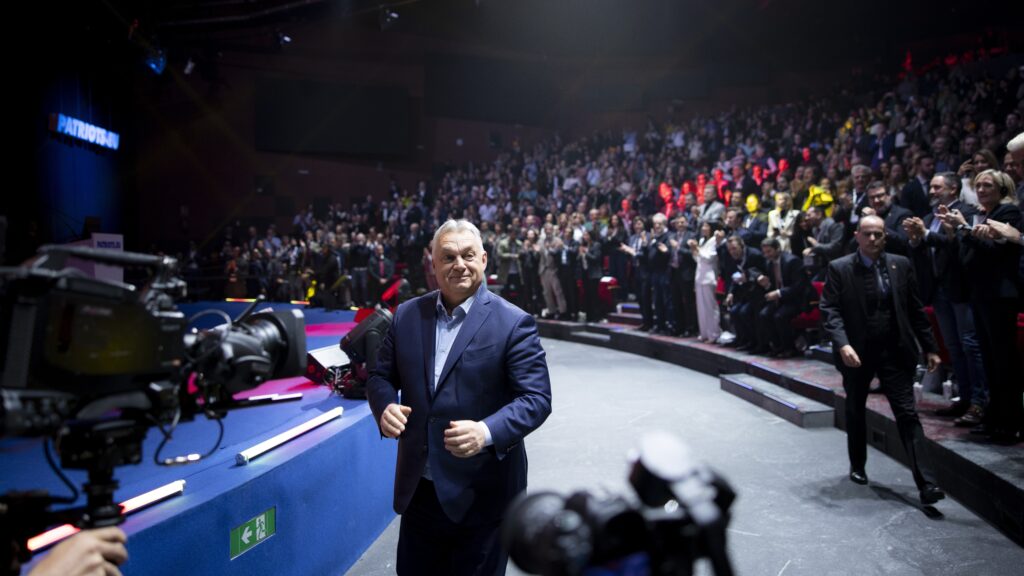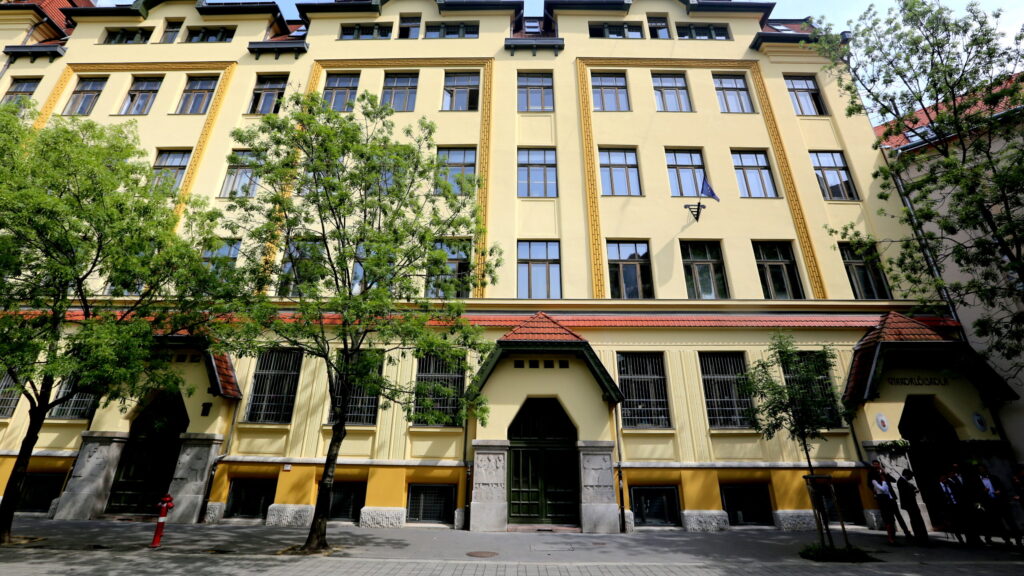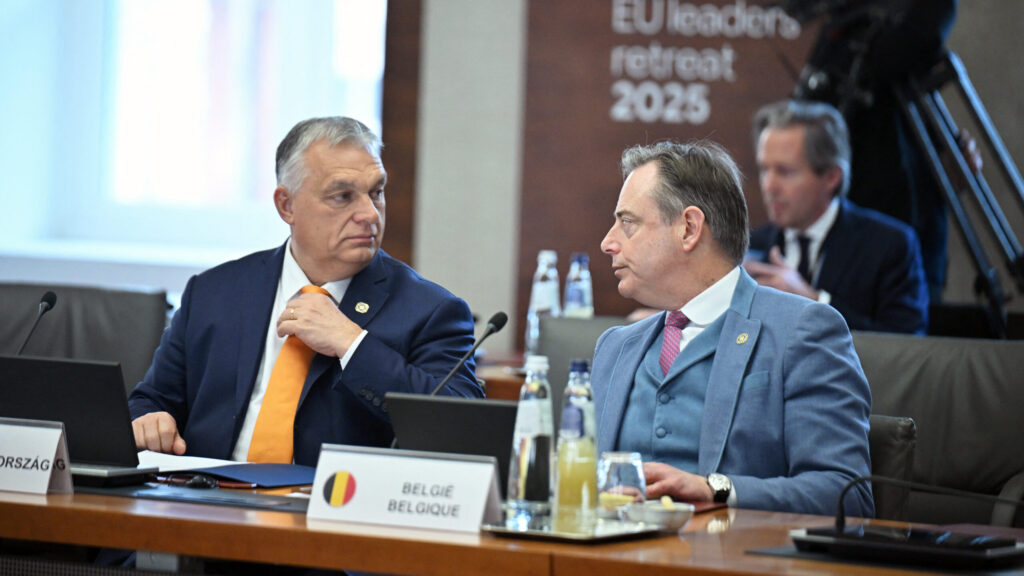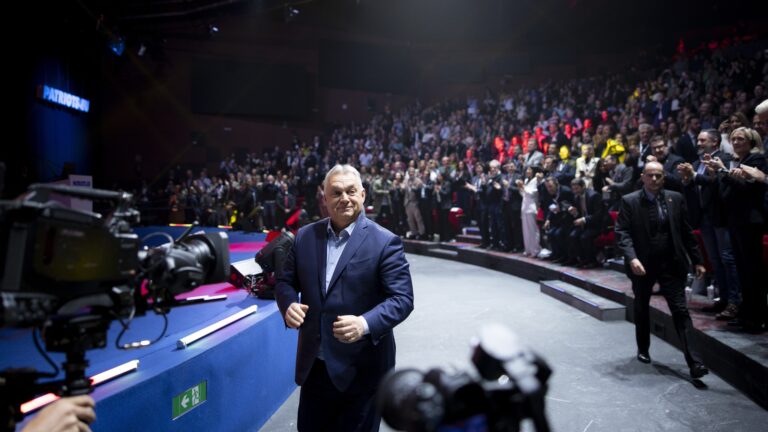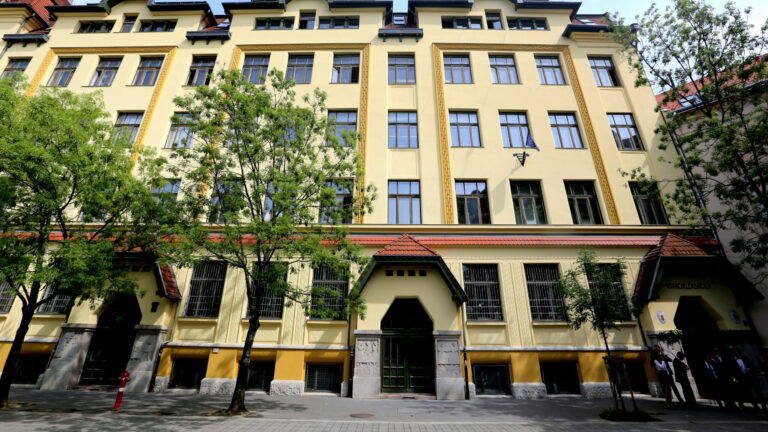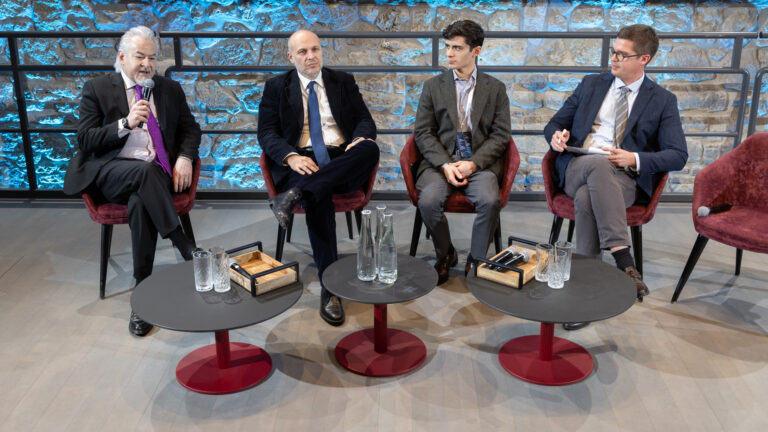The following is a translation of an article written by Anita Farkas, originally published in Hungarian in Magyar Krónika.
A couple of art collectors and a small town full of serenity—Magyar Krónika was a guest of András Szöllősi-Nagy and Judit Nemes at the Modern Art Gallery (MoMű) in Balatonfüred.
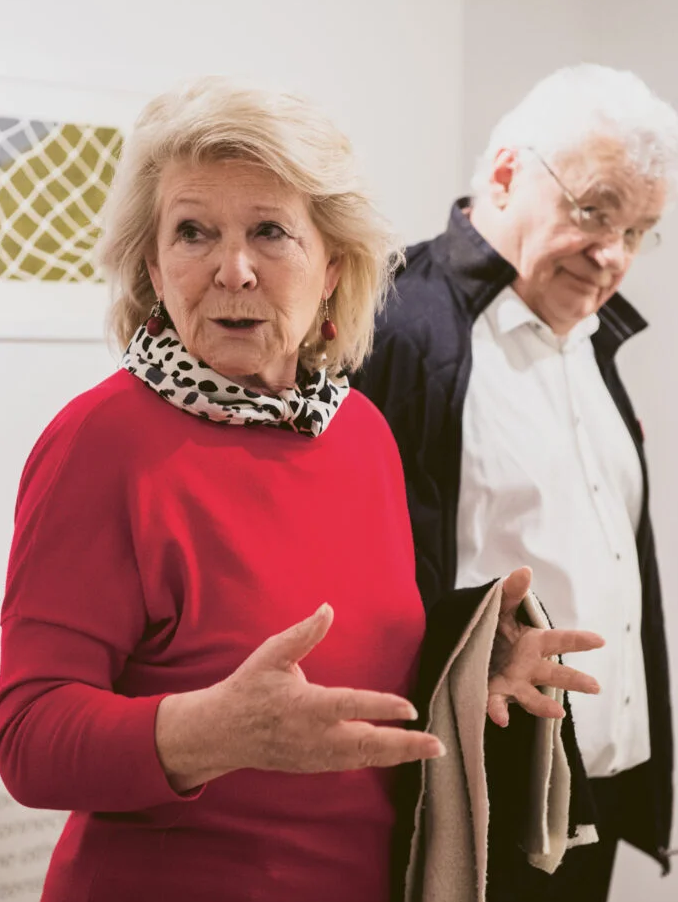
Balatonfüred has long sought to define itself as more than just a holiday destination. The town’s leaders are striving to ‘smuggle high culture alongside flip-flops’. Judit Geskó aptly expressed the latter idea at the opening of the Modern Art Gallery (Hungarian: Modern Műtár, MoMű) last year. The art historian also emphasized how unusual it is that a Hungarian art-collecting couple living in Paris for a long time and the small town of Balatonfüred should meet in this way. The MoMű is indeed a curiosity: it is here that the art and photography collection of András Szöllősi-Nagy and his wife Judit Nemes, which they built up over many decades and which now numbers around 2,000 pieces, has found a permanent home. Of course, quantity alone is never a guarantee of quality, but rather a consistent adherence to collecting principles: the couple’s interests focus on geometricists and modern and contemporary artists representing specific art, including the greatest international and, to date, somewhat neglected Hungarian representatives of the genre. Besides, it is also a curiosity because it took the combined work, will, and faith of many well-intentioned people to bring home a collection of impressive size and significance.
‘I’m a hydrologist, and we had an international meeting at the Balaton Limnological Research Institute, where we had a conversation with István Bóka, the mayor of Balatonfüred. I mentioned to him that we were looking for a worthy place for our collection when we moved home from Paris, because we always wanted it to become public here. Just in time, because the city council was just thinking about how to give cultural content to the two historic villas at the beginning of Blaha Lujza Street. Then, this fairytale-like story grew out of it: after the necessary renovations, which were carried out free of charge by the Vikár and Lukács Architecture Studio, the MoMű opened its gates last year as part of the Veszprém–Balaton 2023 European Capital of Culture programme and with its considerable financial support,’ András Szöllősi-Nagy recounts, who is, by the way, one of the world’s best-known hydrographic experts, holds a doctorate from the Hungarian Academy of Sciences, was head of UNESCO’s International Hydrology Programme for 20 years, and is still a visiting professor at several universities abroad.
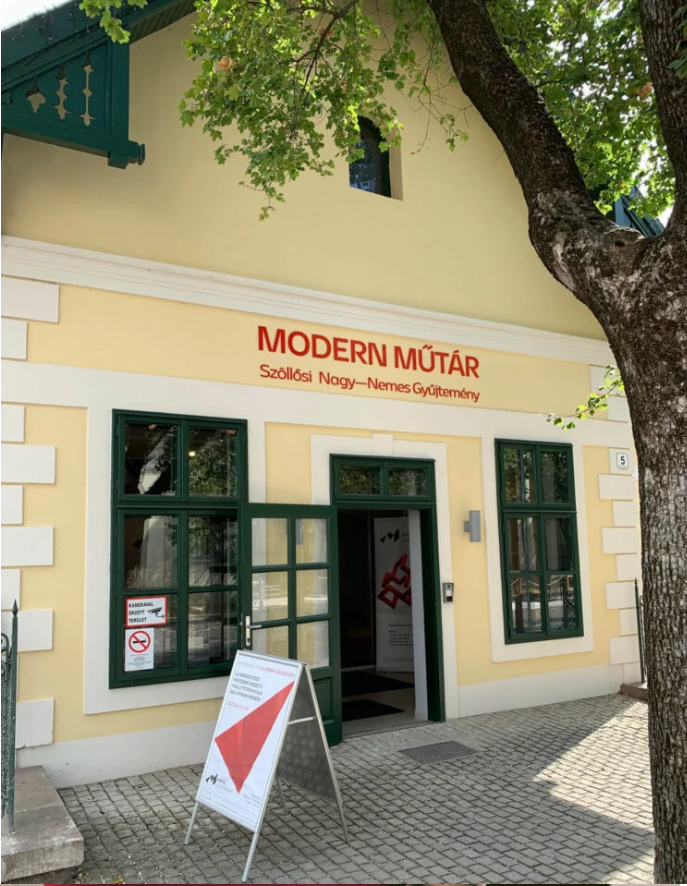
And who, in addition to hydrology and artefacts, has another great love: his wife. Known mainly for her geometric abstract works, Judith Nemes and he have known each other since they were 14, and as their lives were intertwined from an early age, so was their passion for collecting artworks from the very beginning.
‘The common denominator of what is now about 80 per cent foreign material has become geometry’
‘We bought our first painting, a painting of Endre Bálint, from Endre Kolozsváry, who was looking for works by Hungarian artists who were not celebrated in Hungary at all, to say the least, already in the 1960s. It was also around this time that we acquired some drawings by Lajos Barta and, thanks to him, Endre Rozsda. It was these works that laid the foundations not only for our collecting passion, which continues to this day, but also for its initial direction: we concentrated on Hungarian artists banned or barely tolerated by communist cultural policy. When we moved to Paris in 1989 for András’s work, we initially sought out non-figurative artists of Hungarian origin—Vera Molnar, Pierre Székely, Anna Mark, Marta Pan—and in most cases tried to buy directly from them. After a few years and many fruitful encounters, however, we felt that the mere fact of being a ‘Hungarian artist living in France’ was not a separate category, and that in order to make our collection truly coherent, we needed to change our selection principles somewhat. From then on, specific geometric works have been at the centre of our collecting interests,’ Judit Nemes says.
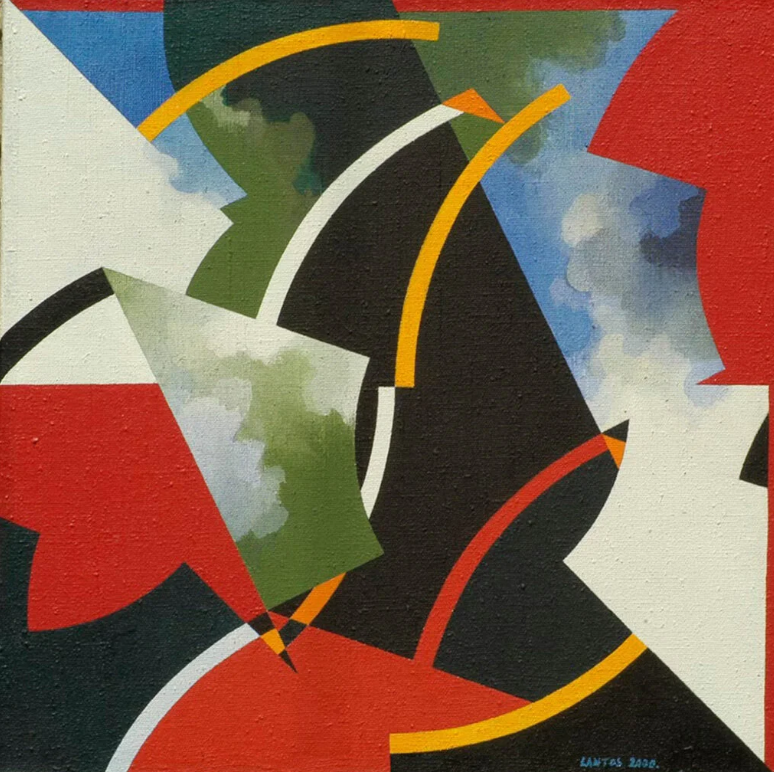
Thus, the common denominator of what is now about 80 per cent foreign material has become geometry. It also highlights the importance of geometric art as a link between the Iron Curtain and the West. It is no coincidence that MoMű’s inaugural exhibition last year was titled Europe Connects, because, as András Szöllősi-Nagy emphatically states, their task and goal is nothing less than ‘to justify the existing cultural continuity in Europe, which the terrible dictatorships of the last century could not break by any kind of prohibition or eradication. What drives us is to prove, through art, that this region, Central Europe, has always been part of European culture, and vice versa.’
‘And also, to bring geometric and modern art in general, which is still often treated with reservations in Hungary, closer to Hungarian hearts. Because strange as it may sound, if we are willing to venture out of our closed minds, we can discover an incredibly emotional world behind the strict system of geometry—through proportions and colours,’ the art collector concludes.
Related articles:
Click here to read the original article.


